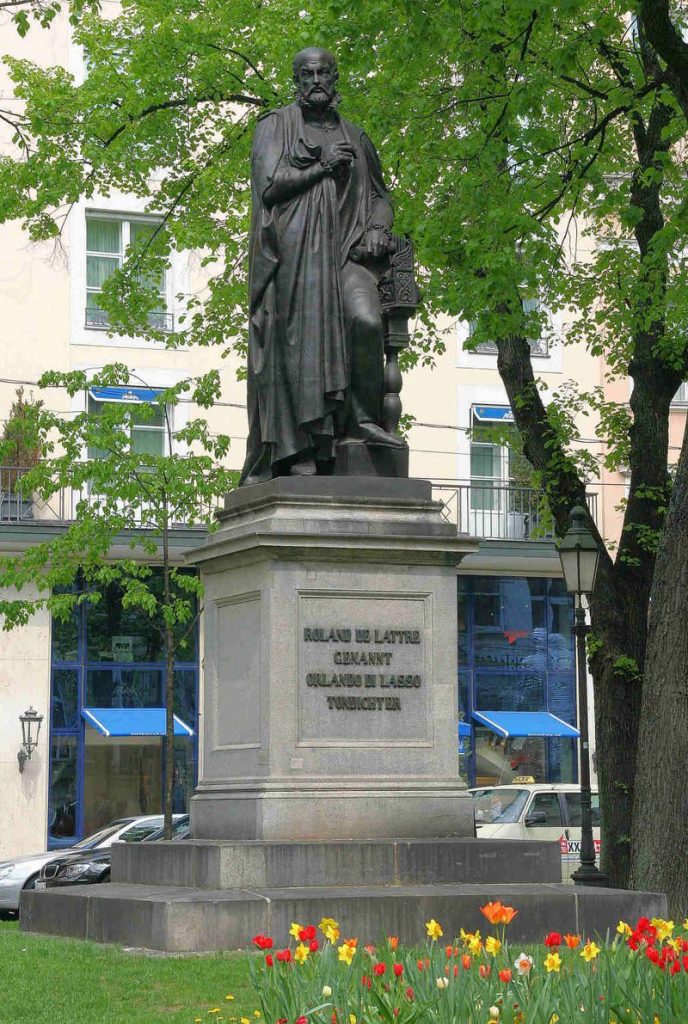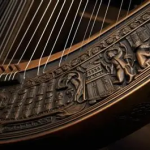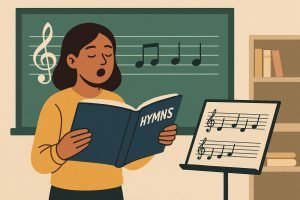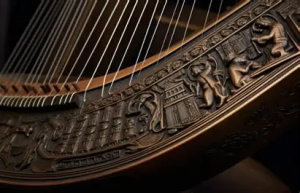
Orlando di Lasso (also known as Orlande de Lassus) stands as one of the most celebrated composers of the Renaissance era. A master of both sacred and secular music, Lasso’s works span the breadth of human emotion and the heights of polyphonic brilliance. Whether you’re a music scholar, a choir director, or simply a Renaissance music enthusiast, these 30 intriguing facts about Lasso will deepen your appreciation for his genius.
1. His name has many forms.
Orlando di Lasso, Orlande de Lassus, Roland de Lassus, and Rolandus Lassus are all variations of his name, reflecting the multilingual nature of his career.
2. He was born in the Low Countries.
Lasso was born in Mons, in modern-day Belgium, around 1532.
3. Kidnapped three times… because of his voice.
Legend says that as a boy, his singing voice was so beautiful that he was kidnapped multiple times by rival choirs who wanted him for their own.
4. He was a child prodigy.
By age 12, Lasso had already embarked on a musical journey to Italy, a hub of Renaissance art and culture.
5. He served powerful patrons.
Lasso worked for influential rulers, including Cosimo I de’ Medici and the Duke of Bavaria.
6. He spent much of his life in Munich.
Lasso settled in Munich and served as Kapellmeister (chief court musician) for over three decades at the court of Duke Albrecht V of Bavaria.

A statue of Orlando di Lasso located at Promenadeplatz in Munich, which has also become a memorial site for Michael Jackson fans
7. He composed in multiple languages.
Lasso wrote music in Latin, French, Italian, and German—showcasing his linguistic and cultural adaptability.
Orlando di Lasso – Students | Britannica Kids | Homework Help
8. He was incredibly prolific.
With over 2,000 works to his name, Lasso ranks among the most productive composers of any era.
9. He mastered every major vocal genre of his time.
From sacred motets and masses to secular chansons, madrigals, and German lieder—Lasso did it all.
10. His music was internationally published.
Publishers across Europe printed his works, making him one of the first truly international composers.
11. He composed over 60 masses.
Many are based on well-known tunes, using the parody or imitation mass technique.
12. His motets are highly expressive.
Lasso’s motets, numbering over 500, are known for their deep emotional and spiritual depth.
13. He set texts with great sensitivity.
His secular songs often matched music to mood and poetic structure with remarkable finesse.
14. He wasn’t afraid of humor.
Some of his secular songs and madrigals playfully use word painting and rhythmic tricks for comedic effect.
15. His work bridged the Franco-Flemish and Italian styles.
He combined northern polyphony with the expressive lyricism of the Italian madrigal.
16. He stayed Catholic during the Reformation.
Despite the religious tensions of the time, Lasso remained faithful to the Catholic Church.
17. His “Penitential Psalms” are among his greatest works.
These seven settings, written for the Bavarian court, are complex, meditative masterpieces.
18. He avoided strict counterpoint in later years.
Lasso’s later style favored freer textures and emotional expression over strict formal rules.
19. He suffered from depression.
In his final years, Lasso battled melancholy, a condition often mentioned in writings about him.
20. He was knighted.
In 1574, he was made a Knight of the Golden Spur by Pope Gregory XIII—an exceptional honor.
21. His music was used politically.
The Bavarian court used Lasso’s sacred compositions to promote Counter-Reformation ideals.
22. He had a musical family.
His sons, Rudolf and Ferdinand, also became composers and worked in Munich.
23. He avoided the Council of Trent’s wrath.
Unlike many contemporaries, Lasso’s sacred music was praised, not censured, for its clarity and devotion.
24. He published his last works shortly before death.
His final publication, Lagrime di San Pietro (Tears of St. Peter), is a deeply personal and poignant piece.
25. He died in 1594.
Orlando di Lasso passed away in Munich, just as the Baroque era was about to begin.
26. He was buried in Munich.
His grave lies in the Church of St. Peter, though his original tomb was destroyed and later restored.






More Stories
How Hymns Contribute to the Development of Aural Skills: A Guide for Kenyan Senior School Music Students
Why Music Played During Sleep Becomes Part of Our Dreams
The Evolution of Western Music: From Ancient Chant to Modern Sound